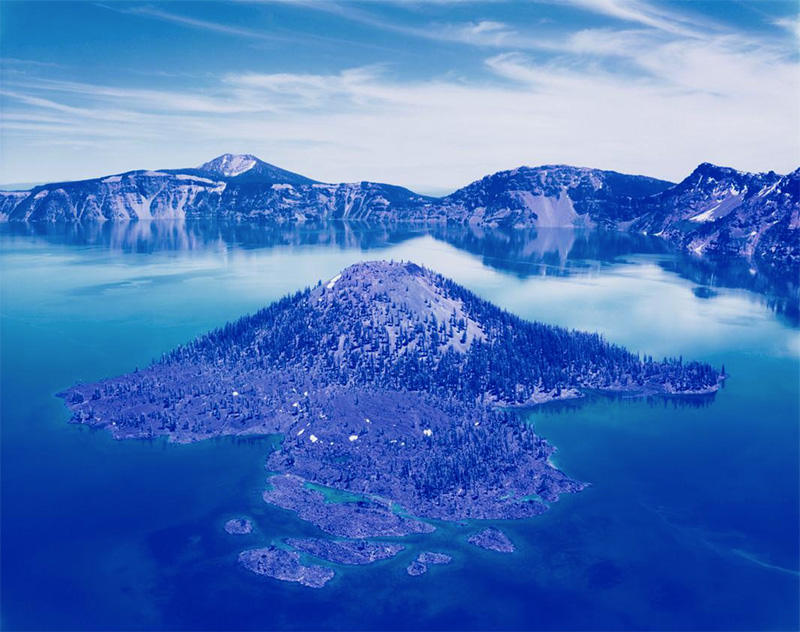
- Source: SLATE
- Author: DAVID ROSENBERG
- Date: SEPTEMBER 22, 2014
- Format: DIGITAL
One Photographer’s Beautiful and Devastating Response to Climate Change

Almost a decade ago, David Benjamin Sherry began taking trips through the American West. Although he grew up around the Catskill Mountains, once he began photographing the terrain on the other side of the country, he knew he was on to something. He felt drawn to the classic landscapes around Yosemite National Park and Death Valley, as well as the work of Ansel Adams and Edward Weston.
“The pictures, they just spoke to me and it felt like a natural thing for me to be doing,” Sherry said.
A couple of years after graduating with an MFA from Yale, Sherry moved to Los Angeles with the intention of being closer to the places where he wanted to photograph. While he had long been interested in the study of climate change and its effect on the Earth’s landscapes, moving to Los Angeles and exploring the National Parks sharpened his focus on the dramatic shifts in the environment.
“Living in L.A., I feel that the air quality, the draught, the earthquake presence, and the wildfires make it feel more real than it ever had before” he said. “I felt like this is how I need to be making my work and documenting change … reacting to it (the environment) and thinking about it took over my entire headspace in every possible way.”
Sherry said examining older photographs and reading the placards at National Parks that indicated where specific sites had been altered due to climate change has been shocking. One day, while driving and listening to the radio, he was moved by an interview with Elizabeth Kolbert and, subsequently, her book The Sixth Extinction: An Unnatural History. Kolbert’s work became a driving force behind his reactions to the world around him and what he was seeing.
That work, part of an ongoing series of monocolor landscape images shot with a large format camera at f/64 are currently on view at Danziger Gallery and Salon 94, both in New York City.


As a student, Sherry had honed his photography skills by experimenting with a variety of film formats. A friend of his owned a handmade wooden 4-by-5 camera from Keith Canham and Sherry ended up saving his money to buy a larger 8-by-10 model, inspired by the equipment that Adams and Weston had used years before.
“I like to say it’s a game changer,” Sherry said about using the camera. “It’s extremely difficult to use and to manage and the most costly thing I’ve ever had … but it’s worth it.”
Part of the worth comes together when Sherry makes his large prints, since the detail and depth of field allow for incredibly sharp photographs—even when printed as large as 70-by-90 inches.
At Yale, Sherry said there were few other students working in the darkroom so he pushed himself to explore alternative techniques and to experiment with color processes. That experimentation opened up a new language for him to give his photographs a voice.
“The color acts as a vehicle to emotional response and intensity that is already in the landscape,” he said. “That’s my intention of it, a type of enhanced reality.”
Sherry said his work is inspired by an appreciation for the analog film based photographs and printing processes that were developed over the past 100 years. While there is a nostalgic element to his work, he also seeks to find new territory within that aesthetic and carry on a tradition for printing photographs.
“We digest so many images daily that people have gotten lazy,” Sherry said about printmaking. “I’m generalizing … but there is less care and precision in the printing process and I’m really in tune to that. It’s pretty much half of my process. It’s where things come to life.”



